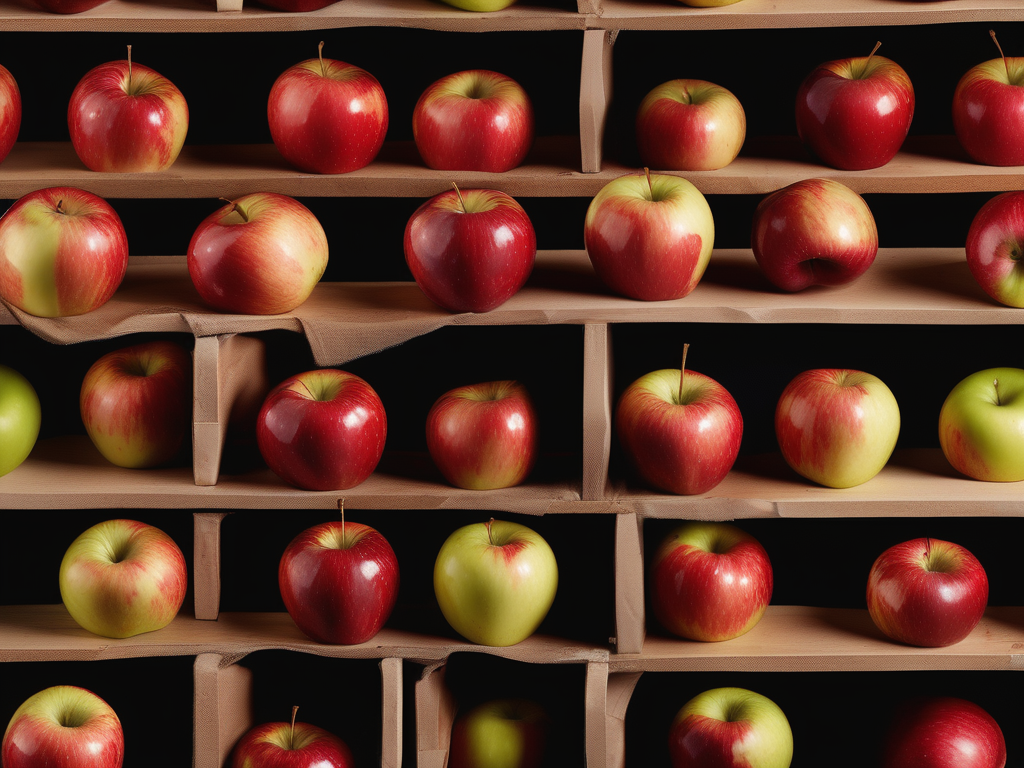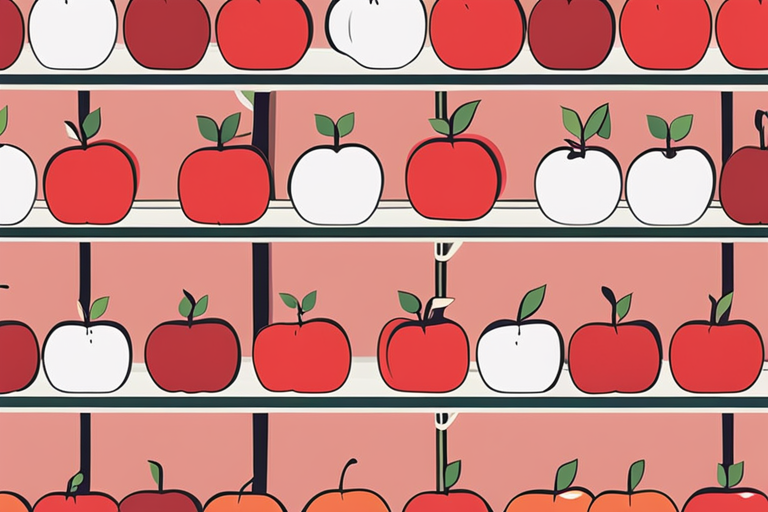
How to Tell If Your Whole Apples Have Gone Bad
Get Your Free Food Safety Cheat Sheet
30 most common foods with instant answers. Print it and stick it on your fridge—completely free!
How to Tell If Your Whole Apples Have Gone Bad
Apples are a popular and nutritious fruit enjoyed by many. They are not only delicious but also packed with essential vitamins and minerals. However, like any perishable item, apples can go bad if not stored properly. In this blog post, we will discuss how you can tell if your whole apples have gone bad, and provide you with practical tips to ensure food safety. (Apples whole)
Signs of Spoiled Whole Apples
When it comes to identifying spoiled whole apples, there are several key indicators to look out for. Here are some signs that your apples may have gone bad:
1. Mold Growth
- Mold is a common sign of spoilage in apples. If you notice any fuzzy patches or greenish mold on the surface of the apple, it is best to discard it.
2. Discoloration
- Apples that have dark or soft spots on the skin or flesh are likely spoiled. Discoloration can indicate rotting or bacterial growth.
3. Unpleasant Odor
- Spoiled apples may emit a foul or fermented smell. If your apple has an off-putting odor, it is best to avoid consuming it.
4. Texture Changes
- Touch the apple and check for a mushy or slimy texture. Spoiled apples will feel soft and may have a slimy film on the surface.
5. Wrinkled Skin
- Healthy apples should have smooth and firm skin. Wrinkled or shriveled skin is a sign of dehydration and spoilage.
Proper Storage Tips for Whole Apples
To extend the shelf life of your whole apples and prevent them from spoiling prematurely, follow these storage tips:
- Refrigerate: Store whole apples in the refrigerator crisper drawer to maintain freshness and slow down the ripening process.
- Keep Them Separate: Apples release ethylene gas, which can speed up the ripening of other fruits and vegetables. Store apples away from other produce items.
- Inspect Regularly: Check your apples regularly for any signs of spoilage. Remove any rotten apples to prevent the spread of mold.
- Use a Fruit Bowl: If you prefer to keep apples at room temperature, store them in a fruit bowl away from direct sunlight and heat sources.
- Avoid Moisture: Moisture can promote mold growth. Ensure your storage area is dry and well-ventilated.
Safety Precautions When Consuming Apples
When consuming whole apples, it is essential to practice food safety to prevent foodborne illnesses. Here are some safety precautions to keep in mind:
- Wash Apples: Before eating or cooking with whole apples, wash them thoroughly under running water to remove any dirt, bacteria, or pesticide residues.
- Use Clean Cutting Surfaces: When cutting apples, use clean cutting boards and knives to prevent cross-contamination.
- Store Cut Apples Properly: If you have leftover cut apples, store them in an airtight container in the refrigerator to maintain freshness and prevent spoilage.
- Serve at Safe Temperatures: If serving apple slices at a gathering or party, ensure they are kept at safe temperatures to prevent bacterial growth.
Conclusion
In conclusion, knowing how to identify spoiled whole apples is crucial for maintaining food safety and preventing food waste. By being aware of the signs of spoilage and following proper storage and safety guidelines, you can enjoy fresh and delicious apples while minimizing the risk of consuming spoiled fruit. Remember to inspect your apples regularly, store them correctly, and practice good food hygiene when handling and consuming this nutritious fruit. Enjoy your apples whole while they are at their best!
For more information on food safety and storage, visit [apples whole](/food/apples whole). (Apples whole)

Authoritative Food Safety References
These agencies and university labs inform every tip and health precaution we publish.
USDA FoodKeeper – Cold Storage Guidelines
Official refrigerator, freezer, and pantry timelines maintained by the U.S. Department of Agriculture.
Visit USDA FoodKeeperFDA Produce Safety Rule & Grower Guidance
Field-to-fridge handling practices that prevent contamination of fruits, vegetables, and leafy greens.
Visit FDA Produce SafetyCDC Foodborne Illness Prevention Hub
Surveillance-backed guidance on pathogens, symptoms, and steps to reduce foodborne illness risk.
Visit CDC Food SafetyUC Davis Postharvest Technology Center
University research detailing optimal storage atmospheres for produce after harvest.
Visit UC Davis PostharvestPenn State Extension – Home Food Preservation & Safety
Peer-reviewed extension bulletins on safe canning, chilling, and reheating practices.
Visit Penn State ExtensionHow can I tell if my whole apples have gone bad?
Can I still eat apples that are slightly bruised or have blemishes?
How should I store whole apples to prolong their freshness?
Are organic apples less likely to go bad compared to conventionally grown apples?
Can I freeze whole apples to preserve them for a longer period?
Get Your Free Food Safety Cheat Sheet
30 most common foods with instant answers. Print it and stick it on your fridge—completely free! Want more? Upgrade to the complete guide with 70+ foods.
Scan your food directly and get instant safety info using our AI-powered camera feature.